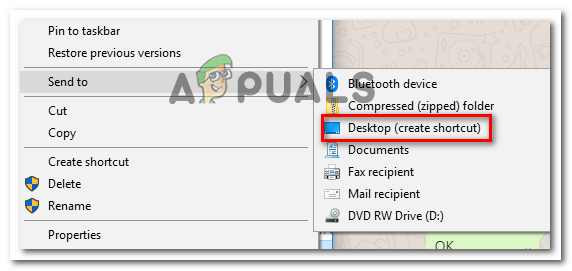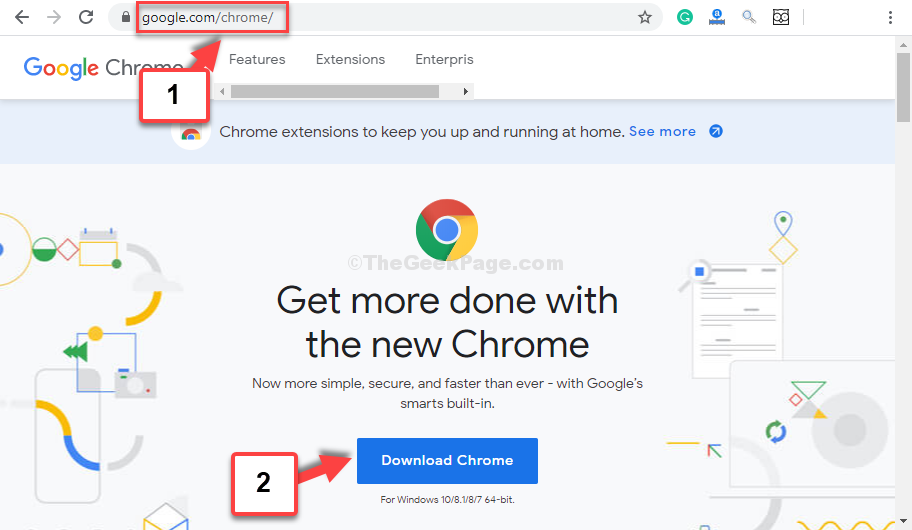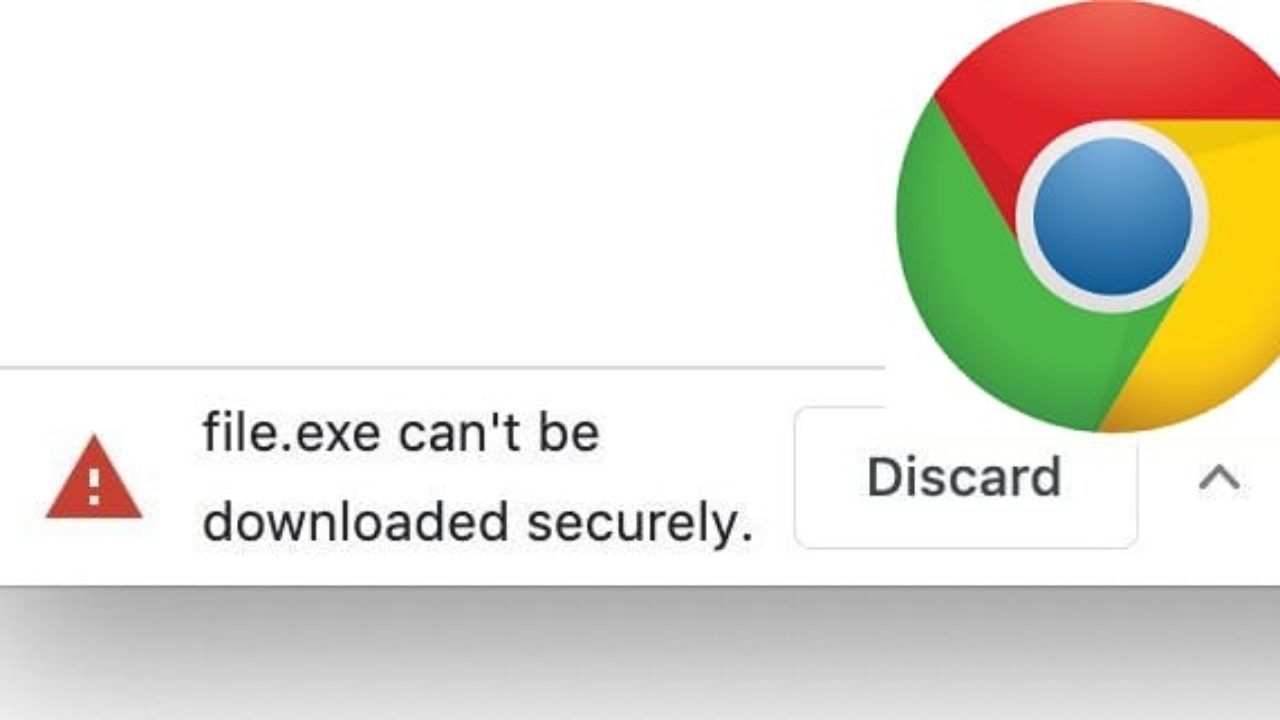

The Firefox default wizard switches some - but not all - of the browser file settings. I let it go ahead, and when I went to the “Default apps” section of setup, I found that Firefox was now set as the default for. For example, when this was written, the first time I opened Firefox, it asked if I wanted it to become the default. Note: by the time you read this, some browsers may have instituted a system for letting you more easily switch your default browser. You can change each file type for an appropriate installed app. (Be aware that there may be some file types that won’t offer your browser as an alternative.) Go ahead and select the one you want to use.

Switching browsers means associating each file type with your new browser.

For this example, I’m using Google Chrome, but this should work with any browser that you have installed on your system.

If you don’t want Edge to be your default browser, and your favorite browser isn’t offering to make the change for you - or if it did offer but instead sent you to the “Default apps” page - here’s how to switch the default. So you may not get that handy request - or if you do, it may land you on a complicated-looking page headed “App > Default apps.” Either way, here’s how to switch. However, the process for changing your defaults in Windows 11 has become more complicated than it was in Windows 10. Normally, the first time you go into another browser that is not Edge - say, Google Chrome - the not-Edge browser will ask if you’d like to make it the default instead. You must declare the "contentSettings" permission in your extension's manifest to use the API.Microsoft is making it harder to switch default browsers in Windows 11


 0 kommentar(er)
0 kommentar(er)
